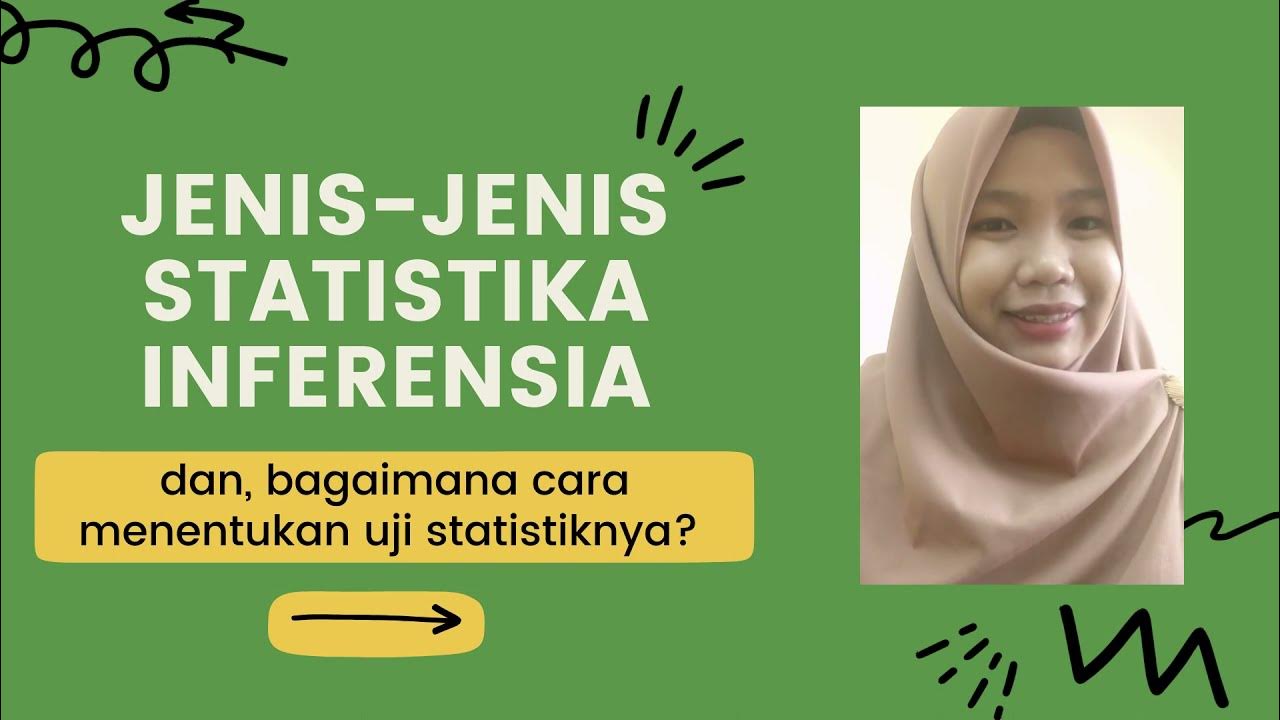Populasi dan Sampel
Summary
TLDRThis video explains the difference between population and sample in research, particularly in quantitative studies. Population refers to all the objects being studied, while a sample is a representative subset of that population. The speaker emphasizes that sampling is crucial because studying an entire population is often impractical due to time, cost, and effort constraints. The video highlights the importance of using proper sampling techniques to ensure that results from the sample accurately represent the population, providing an efficient and reliable alternative to studying everyone.
Takeaways
- 😀 Population refers to all objects or individuals being studied in research.
- 📊 For example, if studying the impact of motivation on English learning in a school, the population is all the students in that school.
- 🔍 Sample is a representation of the population, usually consisting of fewer individuals than the entire population.
- 🧮 The sample size is typically smaller than the population to make the research more manageable and efficient.
- 💡 Sampling helps reduce time, cost, and effort while maintaining the accuracy of the research results.
- 🎯 The key is ensuring that the sample accurately represents the population for valid results.
- 🔬 Sampling techniques are crucial for choosing the right individuals to include in the sample.
- ⏳ Studying the entire population would be time-consuming and resource-intensive, making sampling more practical.
- 🛠 Techniques like sampling help balance accuracy with efficiency in research.
- 👍 For more details on quantitative research sampling methods, the speaker recommends watching future videos.
Q & A
What is the definition of a population in research?
-A population in research refers to all the objects or individuals that are being studied. For example, if the study is about the effect of learning motivation on English language achievement among students at a particular school, the population would include all the students at that school.
What is an example of a population in a survey about an election?
-An example of a population in an election survey would be all the voters participating in the election. For instance, in a quick count survey during a presidential election, the population would be all the eligible voters in that election.
How is a sample different from a population?
-A sample is a subset of the population, representing a smaller group that will be studied. It is chosen from the population to make the research more manageable. For instance, if there are 1,500 students in the population, the sample might consist of 150 or 250 students who will represent the entire group.
Why is sampling used in research?
-Sampling is used in research because studying an entire population can be costly and time-consuming. Sampling allows researchers to study a smaller, representative group, making the research process more efficient while still producing reliable results.
What is a key challenge when using a sample instead of the entire population?
-The key challenge when using a sample is ensuring that the results from the sample accurately represent the population. If the sample is not properly selected, the results may not be reliable or applicable to the entire population.
What is sampling technique, and why is it important?
-Sampling technique refers to the method used to choose the sample from the population. It is important because the right technique ensures that the sample accurately represents the population, which leads to more reliable and valid research results.
Can a sample provide the same results as studying the entire population?
-While studying a sample may not provide exactly the same results as studying the entire population, a properly selected sample can give results that are close enough to make meaningful conclusions about the population.
Why is it not practical to study the entire population in most research?
-Studying the entire population is often impractical because it requires more time, money, and resources. For large populations, such as all the residents of a city or country, it would be extremely difficult to gather data from every individual.
What are the benefits of using a sample in research?
-Using a sample in research is more cost-effective, time-efficient, and easier to manage than studying the entire population. A well-chosen sample can still yield valuable insights without the need for exhaustive data collection.
What should be considered when selecting a sample in quantitative research?
-When selecting a sample in quantitative research, researchers must ensure that the sample size and selection method are appropriate to accurately represent the population. This includes using the right sampling techniques to avoid bias and ensure the results are reliable.
Outlines

このセクションは有料ユーザー限定です。 アクセスするには、アップグレードをお願いします。
今すぐアップグレードMindmap

このセクションは有料ユーザー限定です。 アクセスするには、アップグレードをお願いします。
今すぐアップグレードKeywords

このセクションは有料ユーザー限定です。 アクセスするには、アップグレードをお願いします。
今すぐアップグレードHighlights

このセクションは有料ユーザー限定です。 アクセスするには、アップグレードをお願いします。
今すぐアップグレードTranscripts

このセクションは有料ユーザー限定です。 アクセスするには、アップグレードをお願いします。
今すぐアップグレード5.0 / 5 (0 votes)






